More Than 100 Years of Hospitality
Constructed in 1904 – 1905, the Hotel Winneshiek was designed to meet the needs of a fast-growing community while embodying the town’s vitality and optimism. More than a century later, this proud property hasn’t wavered from that mission.
Photo Credit: Winneshiek County Historical Society
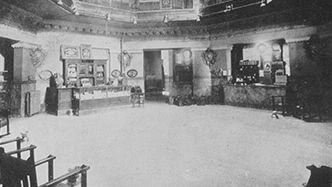
A Grand Design on the Future
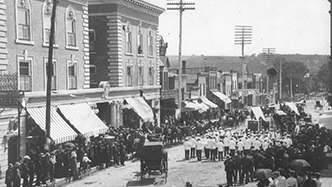
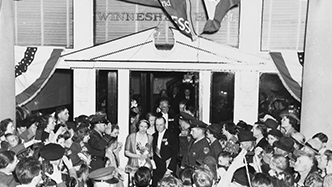
In Succeeding Years, a Succession of Owners
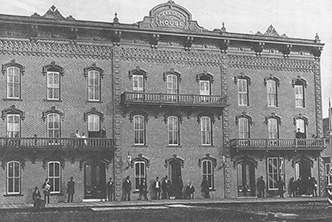
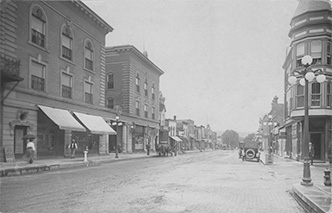
A New Generation of Leadership
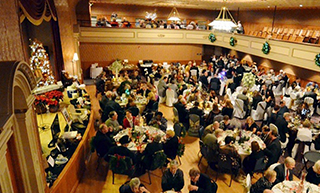
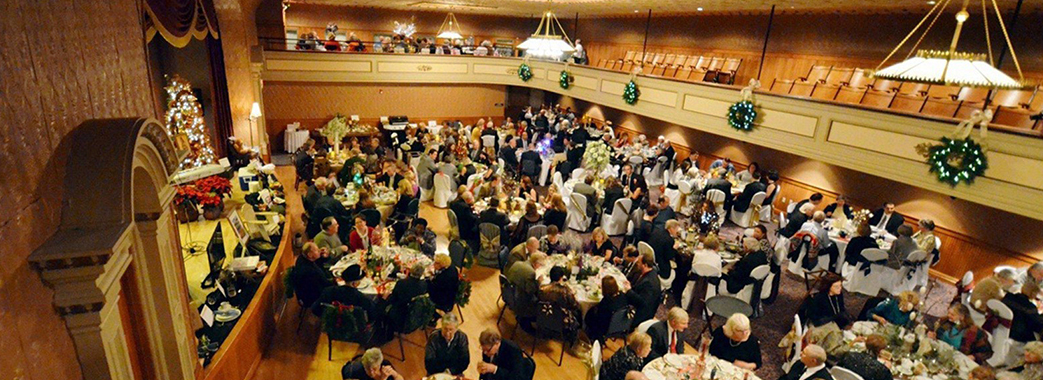
The Steyer Opera House
Few hotels in the United States can boast an amenity as dramatic as the Opera House. In the mid-1800’s Joseph B. Steyer immigrated from Luxemburg to Decorah and worked as a stone cutter. He built the structure that now adjoins the Hotel Winneshiek on its west side, completing it in December of 1870.
Built at the then considerable cost of $53,000, the facility was originally meant to house commercial establishments on the first floor, with offices and apartments on the second floor and a splendid hall on the third floor. The Opera House was used for performances, community gatherings and political rallies. In later years it functioned as a four-lane bowling alley, a wrestling arena, a basketball court, a roller skating arena, a dance hall, and a stage for plays and other events.
Eventually the space fell into disrepair and sat abandoned until 1997, when Helen Basler purchased the property and began a two-year project to restore the Opera House to its original grandeur so that it might once again be used for cultural enrichment and social gatherings. Today, this remarkable space is available for private events ranging from weddings to awards shows and fundraisers. It also functions as a unique site for business conferences, and its acoustics are well-suited for theatrical and musical performances.


